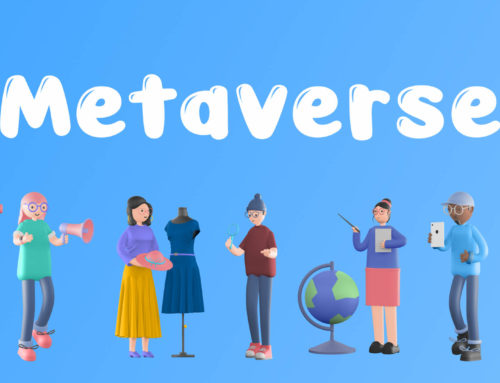9 technological trends for 2021
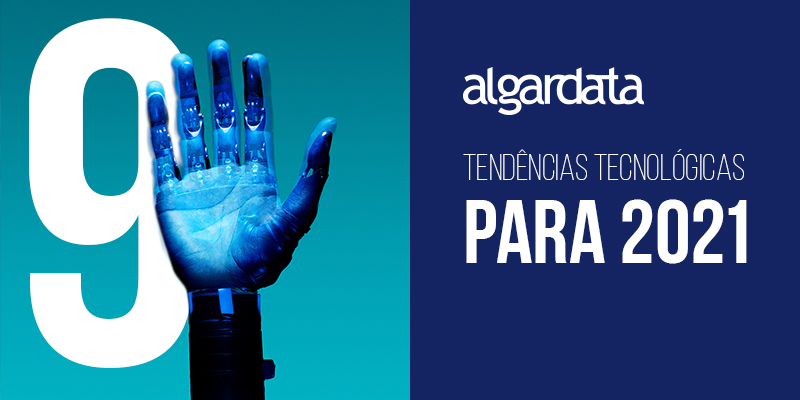
Each year, changes in the technology sector happen more rapidly. To meet the demands of this constant technological evolution, companies need to always be one step ahead, anticipating trends and possible scenarios.
2020 has been a year of many challenges for much of business. However, organizations that have invested in digitization, virtualization, online presence, a website or an app probably had an advantage.
The crisis caused by the Covid-19 pandemic has reinforced what many entrepreneurs were already anticipating: digitization of business is now essential for any company to become competitive.
The first step in understanding the technological trends towards 2021 is to analyze the current transformation landscape.
The year 2020 was marked by the pandemic, a phenomenon that hit the world, affecting entire economies, accelerating processes and significantly influencing consumer behavior.
However, the year was also marked by several advances and many companies achieved incredible results by implementing processes adapted to current needs.
Companies are incorporating new habits, which together with new technologies, ensure market growth, increased competitiveness, customer acquisition, and generation of results.
Check out the main technological trends pointed out by experts of what 2021 will reserve for business and also for our daily lives.
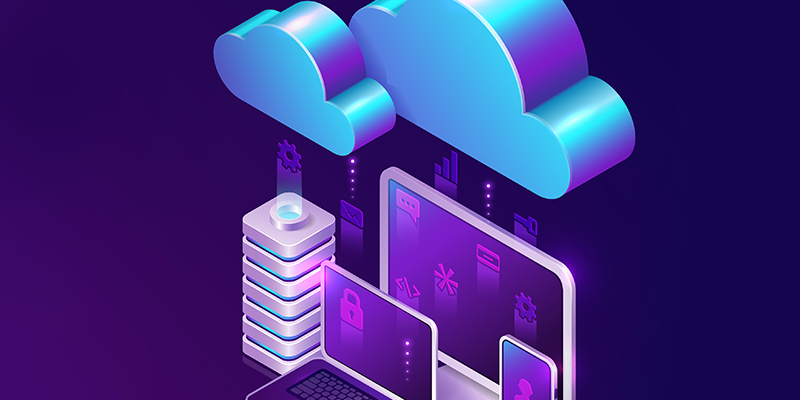
1. Cloud Computing
Cloud computing is a technology that provides greater flexibility in accessing content as well as processing data and performing various tasks with the help of the Internet. It also allows you to make your company’s data more secure and accessible for your team. Migrating your operational structure to the cloud is an excellent way to streamline processes in a cost-effective manner. It is an increasingly adopted IT strategy. After all, 95% of companies globally already work with some tool linked to cloud computing. Companies that had already integrated this technology have encountered fewer obstacles in this new adaptation scenario and have managed to minimize the effects of the crisis scenario caused by the pandemic.

2. Cybersecurity Solutions
The pandemic and the resulting measures of isolation and social confinement, have led to the generalisation of teleworking, which has triggered a dramatic increase in the number of data breaches. Cybercriminals are exploiting the situation of the pandemic to launch highly sophisticated cyber attacks in all possible industries. Some of the most common types of attacks are phishing, malware, brute force, DDos and port scanning. But prevention remains the best strategy to avoid cyber attacks! Bet on technology that allows you to increase productivity while remaining safe from possible attacks. You can access a range of tools to make your network more secure, from backup and disaster recovery solutions to data protection platforms.
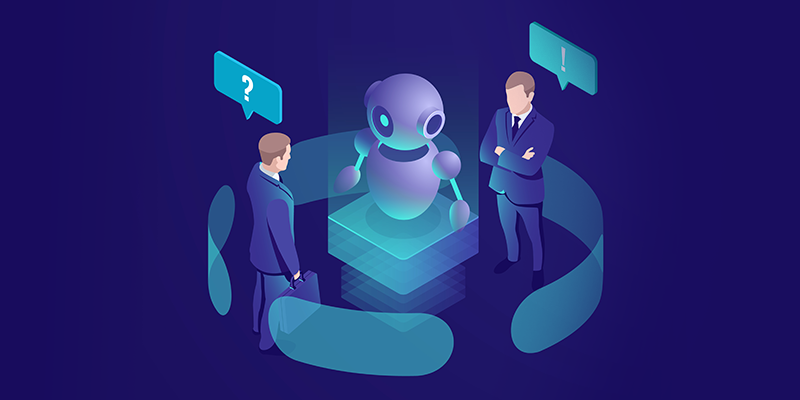
3. Artificial Intelligence
Artificial intelligence (AI) is already considered paramount for the digital transformation of society. This technology is influencing the way we live and work. According to the Gartner consulting firm, over the last four years, about 37% of companies have included Artificial Intelligence in their programs.
According to Forbes, artificial intelligence will be one of the biggest trends by 2021. One of the most relevant reasons is the Covid-19 pandemic. This technology has continued to improve the operations of many companies and businesses and the pandemic has only made its use even more common. It is used, for example, to facilitate the execution of various processes and optimise decision-making.

4. E-Commerce
e-Commerce, also known as e-commerce, is a business model that meets the needs of today’s era of digital consumers. This Internet phenomenon is often used to refer to the sale of physical products online, but it can also describe any type of commercial transaction that takes place online. The Covid-19 pandemic has had a major impact on how the population lives and therefore consumes. In Portugal alone, in mid-April, e-Commerce grew by between 40% and 60% compared to the same period last year. The Covid-19 made e-Commerce no longer just a convenience, but practically mandatory. Find out in this article how to start an e-Commerce project in 2020.
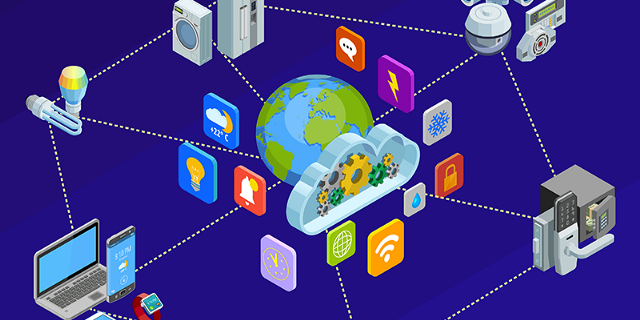
5. Internet of Things
The Internet of Things (IoT) is one of the most prominent technological trends of recent years. It refers to the fact that although the Internet initially referred to the large-scale network of computers, today devices of all sizes and shapes – from cars to kitchen utensils – are connected and share data digitally, on a global scale.
As with all other aspects of society, the coronavirus pandemic has also affected the way this trend is developing and impacting our daily lives. At a time when contact between humans is limited, the connection between devices and tools can help us to stay a little closer.
IoT will continue to offer new opportunities for innovation in digital business over the next decade and companies must ensure they have the necessary skills and partners to support the key trends and emerging technologies of IoT.

6. Omnichannel Relationship
Omnichannel is the name given to the strategy that uses various channels of service, marketing and sales to reach customers and offer a quality experience to these potential consumers, creating different points of contact between brand and customer. Unlike multi-channel marketing, omnichannel does not only use different channels for its communication, but gives priority to the synergy between these platforms.
The main purpose of an omnichannel communication is to be able to support the customer, wherever and whenever he or she wishes, for example: social networks, website, SMS, chatbot in WhatsApp, virtual shop, physical shop, among others. With this communication strategy, companies start to improve the user’s experience, from the moment they know the brand to the purchase, considering the different stages of the sales funnel.
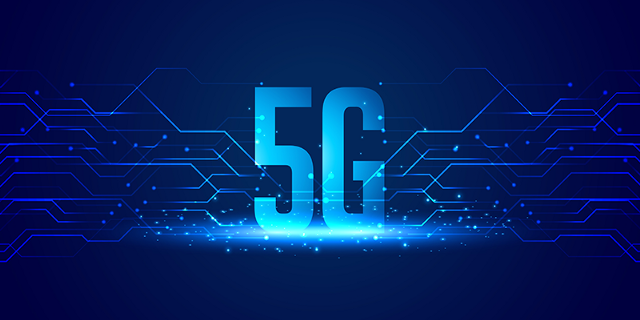
7. 5G
5G technology will dominate the next era of the telecommunications industry. It is offering faster speeds and a more reliable connection on different mobile phones and devices. The speed of 4G networks is no longer enough and 5G, the technology that will turn smart devices into gifted devices, is emerging.
5G is the fifth generation of wireless technologies and standards, i.e. the network that will be used by mobile devices to connect to the Internet from anywhere. It is an evolution of 4G technology that will revolutionize communications and through which we will enter a new terrain: that of hyperconnectivity.
Promising to innovate even more processes, helping companies implement scalable, real-time data architectures, drive action, making smart, dynamic decisions across multiple data streams, 5G technology is driving the adoption of other technologies, from cloud computing to virtual reality.
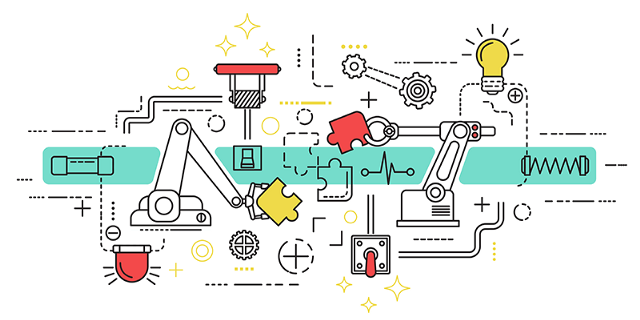
8. Hyperautomation
Hyperautomation or hyper automation uses technology to automate tasks that were performed by human resources. Hyper automation deals with the application of advanced technologies, including artificial intelligence and machine learning to increasingly automate processes and amplify human capabilities.
No tool can replace human beings, so hyper automation involves a combination of tools, including RPA (robotic process automation), iBPMS (intelligent business management software) and artificial intelligence for the purpose of increasing decision making based on artificial intelligence.

9. Collaborative tools
Today, with the help of cloud computing, we have at our disposal tools that enable mobile access and the sharing of corporate information that can help telework professionals and combat the advancement of coronavirus. If before a meeting was synonymous with people inside a room and various roles to be distributed, now the effort is much less thanks to collaboration tools. With the help of a team management platform, routines can be automated and team time is applied more assertively. In this way, companies can save time and avoid errors.
